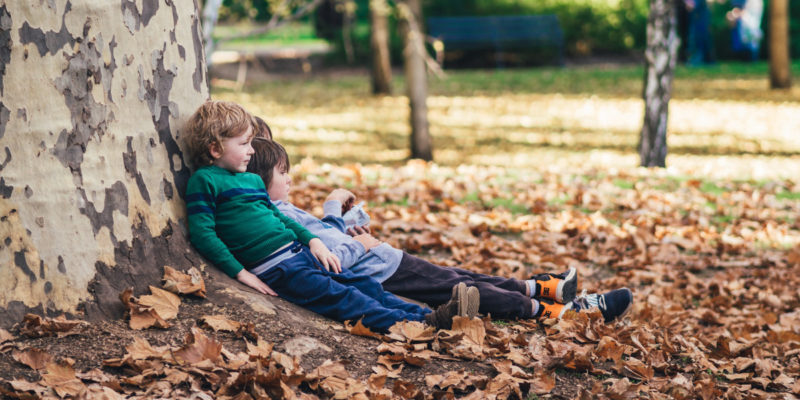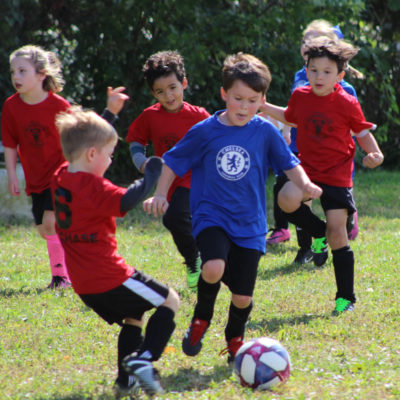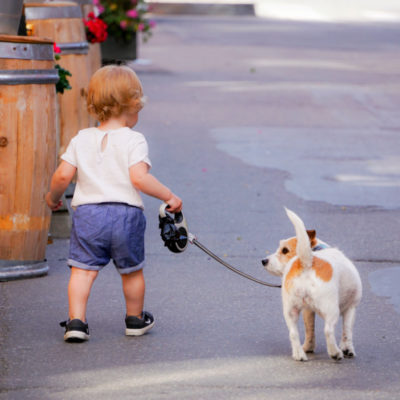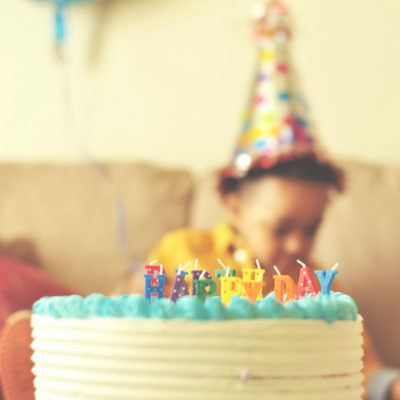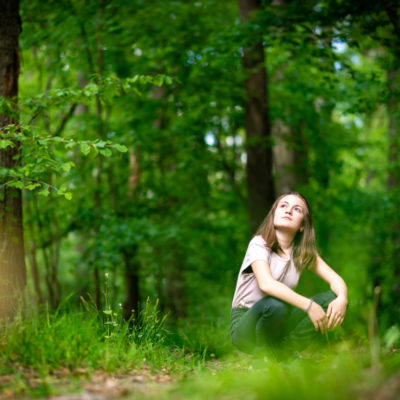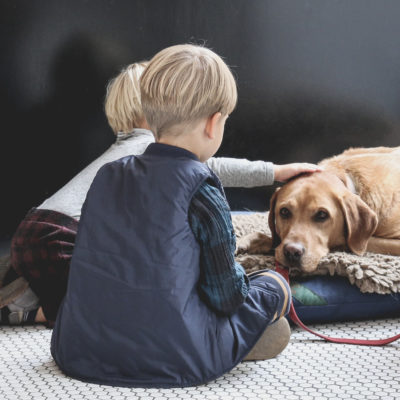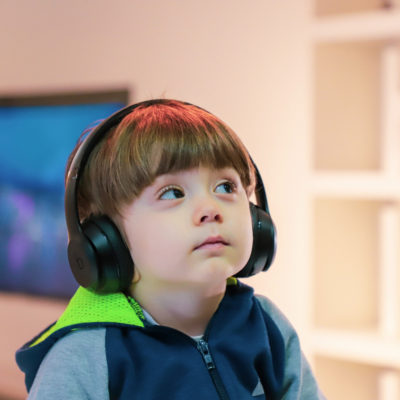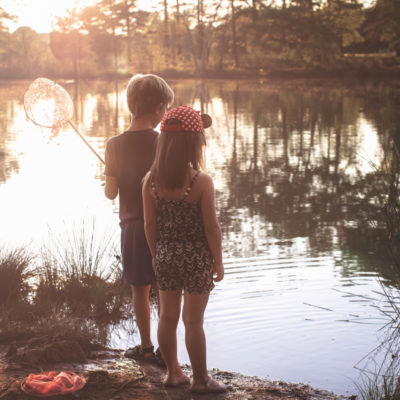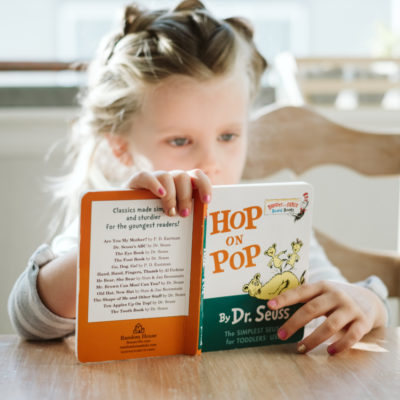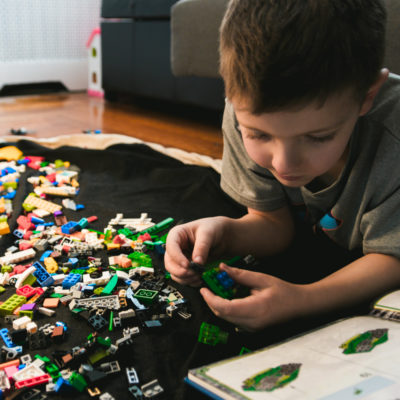While we look at the topic of rest I wonder, what did you and your family fit into this past week?
I’m guessing it was a lot. If you wrote down everything you and your kids did over the past week, would you be surprised by how much you do? Let’s face it, we all live busy lives, our days are full, and our kids have so many wonderful opportunities we somehow squeeze into the day.
- Soccer practice
- Music practice
- Time seeing a doctor or therapist
- Homework
- Go with a parent to get the groceries
- Daycare may have a special day or school may have an assembly to practice for
- Take the dog for a walk
- Feed the animals
- Birthday parties
- Lunch with the cousins
- Swimming lessons….
Whilst there are wonderful physical, mental and social benefits to doing all of these activities, kids, (and parents for that matter) also need time to REST.
So much of what children do is novel, it’s often the first time they have tried it out (think riding a bike climbing monkey bars, doing a cartwheel, being part of a team, learning how to do long division,) and their little minds require a lot of mental energy to work out how to go about it, or to cope with a new environment, or new people, new sports or hobbies. This can be stressful and exhausting at times. Their brains and bodies need a chance to pause and take it all in.
The body naturally needs time to stop and regenerate overnight which is what happens when we sleep but sleep is quite different to rest.
I think about Sleep like the Stop button whereas Rest is our pause button. Rest enables us to recalibrate and recuperate. Rest is a chance to pause for a bit, and in our current busy, often frantic world and present work hard culture, this can be difficult to do. But non the less, extremely important.
Rest enables us to prevent overwhelm. It does this by allowing our muscles to relax, to quieten our brain and regulate our mood.
When is it possible to hit the pause button?
There isn’t always time for rest and so we need to prioritise it and make time for it. Idle time is important. Allow our kids time to daydream, imagine and just be. Reduce any demands and expectations just for a little while.
Routine can be a really valuable way of bringing some rest into your child’s day. Scheduling in rest time is a wonderful way to ensure that it happens and provides a lovely rhythm to their day.
Many schools have started to build in rest and relaxation time to the school day, often after children come back to class following recess or lunch. It aims to still their bodies and minds and prepare them for learning.
My daughter recently commented to me one afternoon when she was a bit teary and emotional that she was upset because she had missed her relaxation time after lunch. The kids love and need it.
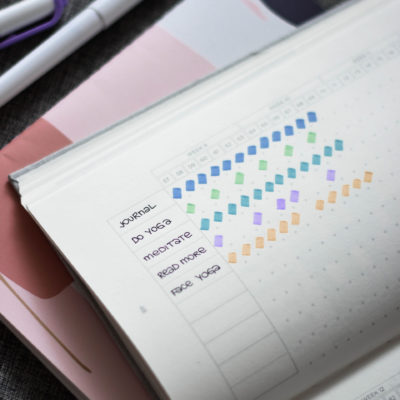
So How do we do this? How do we let our minds and bodies be still?
One wonderful option is Music. Listening to calming relaxing music with a regular beat and rhythm is good to try. Classical music or nature sound scapes can also be good or even white noise. Hearbeat sounds, or vibration may also help your child to rest. Maybe you can try to give them a go.

Passive rest
- Reading or being read to
- Listening to a favourite audiobook
- Massage
- Spending time outside and in nature
- Snuggling in a cubby or hidey hole
- Spending time with animals
- Talking with others who you can be your true self with
- Turning down the senses - closing your eyes, headphones on ears
Cutting back on activities.
Is your child overscheduled? Perhaps cutting back on one or two activities in their week and making time for rest activities instead can bring some balance to their week. It may be beneficial for restoring and relaxing, and it will probably help you parents get a bit more rest too.
Visual schedule.
Just having a regular routine can help your child to rest. When children know what is about to happen, when they know the rhythm of their morning or after school time, and when the routine is supported with visuals it can reduce the mental load of thinking through what they need to do.
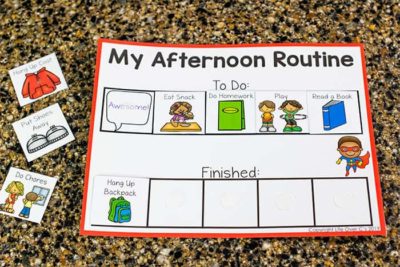
But we all know the kids that can’t seem to sit still. If this is your child, you are probably asking… ”How do I get my child to rest”?
Active rest
Rest can be many things; it means different things to different people. Whilst some children and adults might prefer to still their body others prefer an active form of rest. You and your child might prefer one of the following activities;
- Moderate exercise such as walking, yoga, stretching, are good physical varieties of active rest.
- Others prefer meditation which is another form of active rest.
- Walking or play in nature.
- Drawing,
- Fishing
- Picnics
- Floating in water
- Hanging upside down
- Time spent with immediate family
- Some children may prefer an activity that is repetitive as they don’t have to think too hard to do it and it has a lovely rhythm to it. Examples include; LEGO, threading, stacking blocks or sorting.
Have you seen your child content and lost in their own world, doing a quiet activity and humming to themselves? It’s beautiful to watch.
No screens please.
Try to avoid defaulting to watch television, YouTube or playing video games. Whilst many children would ask for these and enjoy doing these activities, they are essentially stimulating activities that don’t give our bodies or mind any rest.
Practice what you preach.
Show your kids how you relax, show them how you hit the pause button. Model it for them so they can see it is important. Talk to them about how your body is feeling before and after you rest and how it benefits you.
If none of these activities suit your family, that’s fine. We are all different and will find different ways to go about achieving REST. The important thing to do is to find what works for you and your child and build it into your daily life.
Here at the Rainbow Clinic, we enjoy a range of restful activities including; reading, macrame, swimming at the beach, meditation, yoga, word puzzles, flicking through magazines, drawing, sitting in the sun with a pet, and listening to music.
We would be really interested to know how you and your child relax. Contact us at info@ranbowclinic.com.au with pictures or messages about how you and your family REST.
